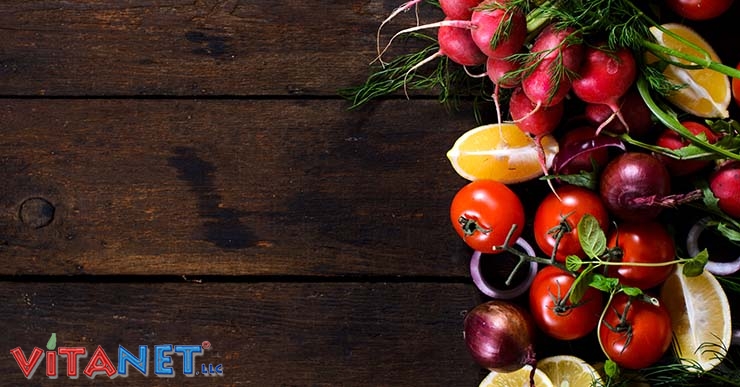Exercising and consuming the best superfoods is the new “healthy”. Some foods are only trending for the month, while some are considered long term necessities. Moringa is a superfood that is here to stay with long term benefits. According to researchers and science, this miracle tree produces through its roots, seeds, and leaves an abundance of remedies. The Moringa tree has been reported to treat anemia, stomach disorders, sickle cell disease, epilepsy, and others. It is also used as food to prevent malnutrition in foreign countries where food is not readily available. Overall, this powerful plant is packed with vitamins and necessities to aid in sickness and provide proper nutrition.
Key Takeaways:
- Mor is a fast-growing, drought-resistant tree, native to the southern foothills of the Himalayas in northwestern India, and widely cultivated in tropical and subtropical areas.
- Many parts of Moringa are edible, such as Immature seed pods,called “drumsticks”, Leaves
Mature seeds, Oil pressed from seeds and Flowers - The leaves of the Moringa tree is most nutritious part of the plant, it has B vitamins, vitamin C, provitamin A, beta-carotene, vitamin K, manganese, and protein.
“the bark, sap, roots, leaves, seeds, and flowers of the moringa tree have all been traditionally used to treat a variety of ailments including: edema, swelling, stomach disorders, neurodegenerative diseases, diabetes, asthma, arthritis, epilepsy, thyroid disorder, anemia and sickle cell disease, and bacterial, fungal, viral, and parasitic infections”


Leave a Reply